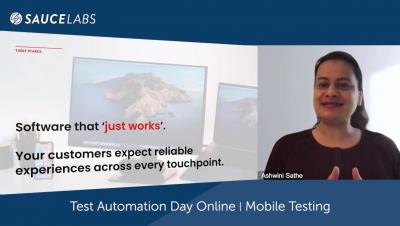5G Meets Low-code: Innovation Backbone for the Post-COVID World, Part 1
They tell us 5G is the future. Where business and consumers are going. But the fierce battle for early adopters is already underway according to Peter Linder, a notable 5G evangelist and Head of 5G Marketing for Ericsson in North America. “Early adopters are getting on board right now,” says Linder. “About 54 million Americans will purchase a 5G phone by the end of 2021. It’s not like ‘build the network and they will come’.





